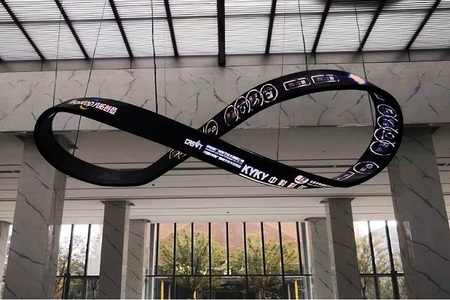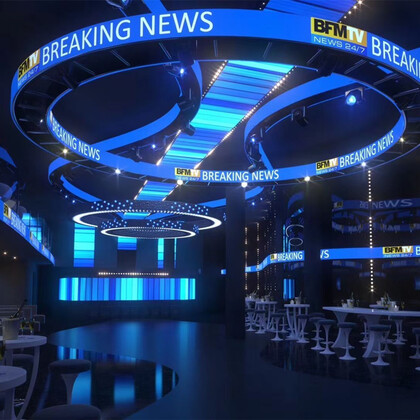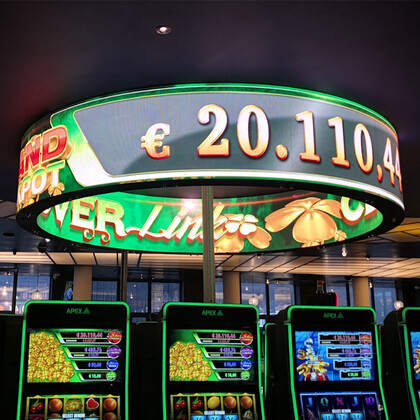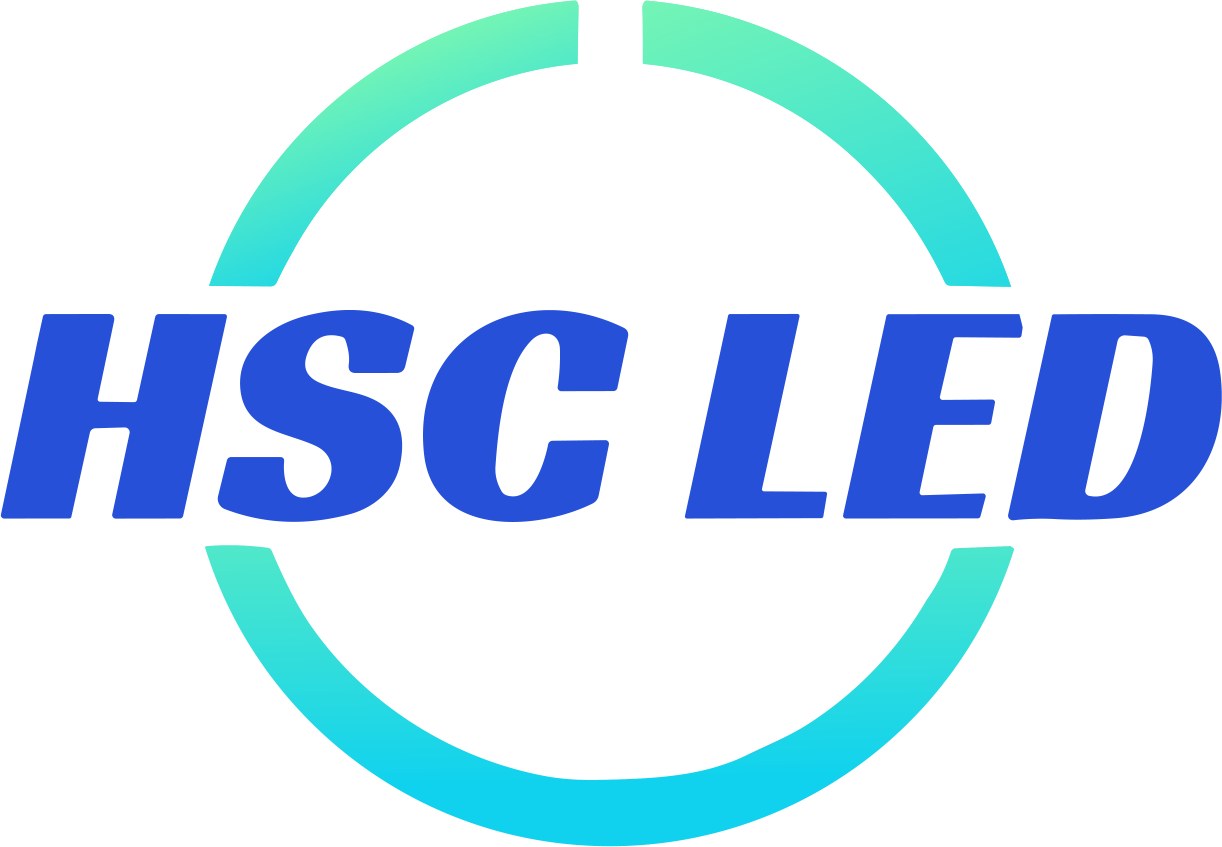In the realm of digital signage, creative LED displays have become increasingly prevalent due to their versatility, eye-catching visuals, and ability to engage audiences effectively. Whether used for advertising, information dissemination, or artistic expression, optimizing content for LED displays is essential for maximizing impact and achieving desired outcomes. In this article, we will explore best practices and tips for creating compelling content tailored specifically for creative LED displays.
Understanding LED Display Technology
Before delving into content optimization, it is crucial to grasp the fundamentals of LED display technology. LED displays consist of an array of light-emitting diodes that emit light when an electric current passes through them. These displays offer high brightness, wide viewing angles, and vibrant colors, making them ideal for outdoor and indoor applications. Understanding the technical specifications of LED displays, including pixel pitch, resolution, and color calibration, is essential for creating content that maximizes visual impact and readability.

Key Considerations for Content Optimization
1.Resolution and Aspect Ratio: Begin by determining the native resolution and aspect ratio of the LED display to ensure that content is designed to fit seamlessly without distortion or cropping. Match the resolution of your content to the native resolution of the display for optimal clarity and sharpness.
2.Contrast and Brightness: Consider the ambient lighting conditions surrounding the LED display and adjust the contrast and brightness levels of your content accordingly. Ensure that text and graphics remain legible and vibrant, even in bright outdoor environments or dimly lit indoor spaces.
3.Color Calibration: Calibrate colors to ensure consistency and accuracy across the LED display. Use color management tools and techniques to achieve optimal color reproduction and avoid issues such as color banding or oversaturation.
4.Motion and Animation: Leverage the dynamic capabilities of LED displays by incorporating motion and animation into your content. Use subtle transitions, kinetic typography, and engaging visuals to capture attention and maintain viewer interest.
5.Content Duration: Keep content duration concise and impactful to maintain viewer engagement. Avoid excessive length and repetitive loops, and instead focus on delivering concise messages that resonate with your target audience.

Best Practices for Creating Compelling Content
1.Visual Hierarchy: Establish a clear visual hierarchy to guide viewer attention and convey key messages effectively. Prioritize important information such as branding, headlines, and calls to action, ensuring that they are prominently displayed and easily discernible.
2.Typography: Choose fonts that are legible and visually appealing, taking into account factors such as font size, weight, and style. Avoid overly ornate or complex fonts that may be difficult to read, especially at a distance or in motion.
3.Brand Consistency: Maintain consistency with your brand identity and messaging across all content displayed on LED screens. Use branded colors, logos, and imagery to reinforce brand recognition and establish a cohesive visual identity.
4.Content Relevance: Tailor content to the specific context and audience demographics of the location where the LED display is installed. Consider factors such as geographic location, cultural preferences, and time of day when creating content to ensure relevance and resonance with viewers.
5.Interactive Elements: Incorporate interactive elements such as QR codes, NFC tags, or touch-sensitive displays to encourage audience engagement and participation. Provide opportunities for viewers to interact with content, access additional information, or participate in promotions or surveys.

Tips for Optimizing Content Creation Workflow
• Storyboarding: Develop a storyboard or visual mockup to plan the layout, sequencing, and timing of content elements. This helps streamline the content creation process and ensures that key messages are communicated effectively.
• Content Management System (CMS): Invest in a robust CMS platform that allows for centralized management, scheduling, and deployment of content across multiple LED displays. Choose a CMS with intuitive interface design and comprehensive scheduling features to streamline content management workflows.
• Testing and Iteration: Conduct thorough testing of content on LED displays in real-world environments to assess visibility, readability, and overall impact. Gather feedback from stakeholders and viewers, and iterate on content based on performance metrics and audience response.
• Remote Monitoring and Maintenance: Implement remote monitoring and maintenance capabilities to ensure the continuous operation and performance of LED displays. Monitor display health, detect potential issues proactively, and perform remote troubleshooting and software updates as needed.
• Content Performance Analytics: Utilize analytics tools to track content performance metrics such as impressions, engagement rates, and conversion metrics. Analyze data insights to optimize content strategies, refine messaging, and maximize ROI on LED display investments.
Optimizing content for creative LED displays requires careful consideration of technical specifications, design principles, and audience preferences. By following best practices and tips outlined in this article, businesses can create compelling content that captivates audiences, reinforces brand identity, and drives desired outcomes. With the right approach to content creation, LED displays can serve as powerful tools for communication, advertising, and experiential marketing in diverse settings and environments.











